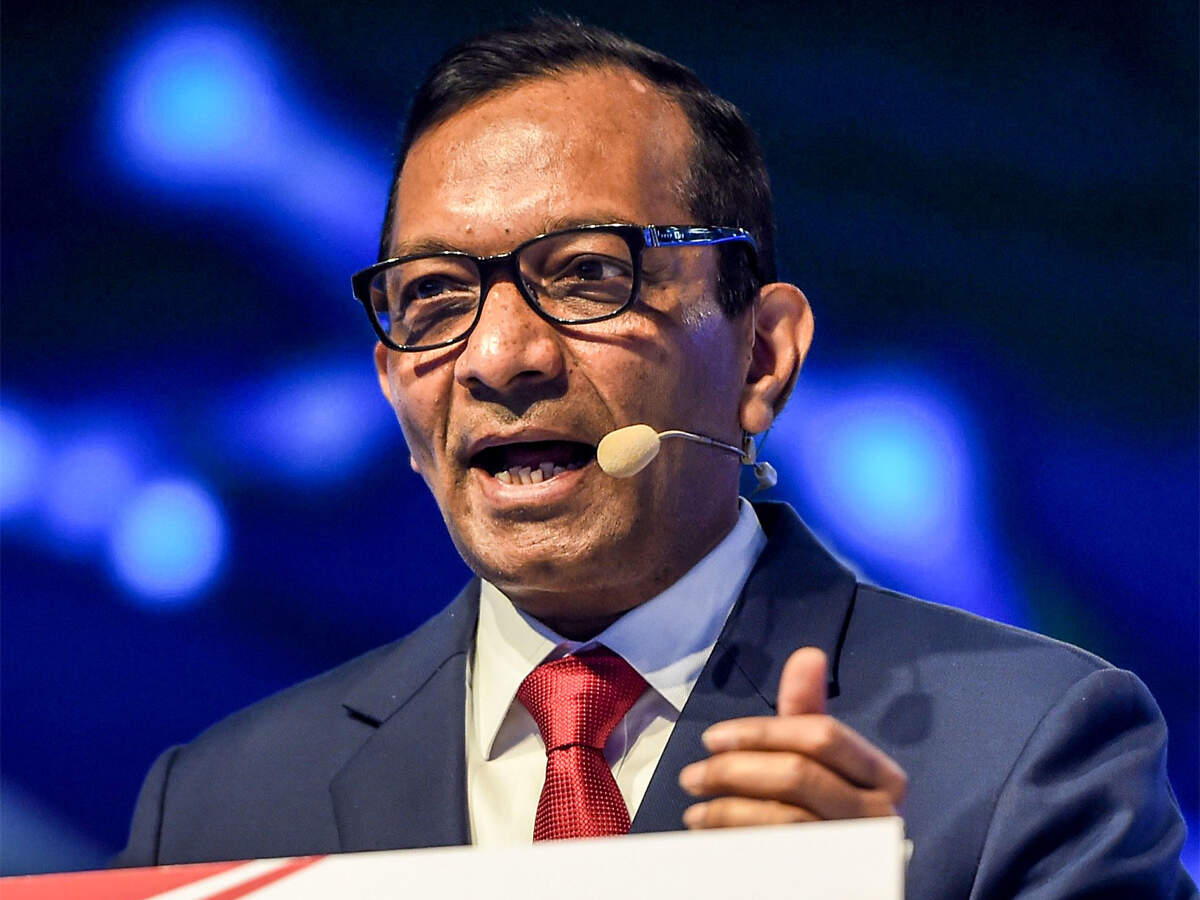
New Delhi: “We have a highly localised supply chain. Total import on our automotive side is less than 3%, and that from China is only a small portion. Supply-side issues are behind us,” said a top official of Mahindra & Mahindra (M&M) on Tuesday at a virtual press conference post second-quarter earnings.
On the anticipated impact of the second wave of COVID-19, Rajesh Jejurikar, executive director- auto and farm sector, M&M, said, “Even if another wave of COVID-19 arrives, the impact on the supply chain may not be as intense as before since everyone is better equipped to deal with it than the first one. They are learning to adjust to activities with adequate levels of shutdowns. And there will be no complication of moving to BS-VI norms and not much migration of workers is expected now.”
“We are buoyant about the demand in the coming months, as the best of the festive season is still ahead of us,” he added.
Pawan Goenka, managing director, M&M explained, “The main reason that we had the supply chain constraints is because the lockdown began just when the industry was moving to BS-VI and BS-IV inventory was exhausted. Neither the dealers nor the production plants had any inventory.”
Later on, the ramp-up challenge, coupled with lockdown, added to the supply chain issues. “We faced a bit more challenge than other auto OEMs because most of our suppliers are in Maharashtra, which suddenly saw a huge spike in the COVID-19 cases,” he said.
Goenka also said the current demand is structural. “Pent-up demand would not have lasted for so many months. Till mid-November, demand will be very high due to the festivals of Dhanteras and Diwali. After that, everyone will be low on inventory. So the rest of November and December will be used in building up inventory. And the real demand test will begin in January,” he said.
As per the automaker, wholesales are not an indicator of demand because they may be up or down depending on inventory building. The only real indicator of demand is the retail sales data.
Wholesales are not an indicator of demand because they may be up or down depending on inventory building. The only real indicator of demand is the retail sales data.~
“Wholesales may not be a very good month-on-month indicator, but it is a good average indicator. It may distort demand on a month-on-month basis, but it cannot do that in the long term because ultimately, we have to retail whatever we wholesale,” he said.Some countries report the retail data, but India has not reached there. The problem is that VAHAN data is not always fully accurate since some states do not participate, and other times registrations are late by one or two days. However, the wholesale data in India is absolutely accurate, the automaker said.
On the use of personal mobility against shared mobility, Goenka said, “Meru has been a small investment for us. It remains a key part of our business. But we will not go down to burn more cash there; we have a separate focus on corporates.”
In September 2019, M&M had announced the signing of a share subscription and shareholder agreement for subscribing up to 55% of the equity share capital of Meru Travel Solutions Pvt Ltd in tranches. The auto major in December 2019 said that it completed the acquisition of 36.63% stake in the radio taxi operator in the first tranche as part of its INR 201.5-crore deal.
The auto major reported a 88% decline in its profit after tax (PAT) to INR 162 crore for the second quarter ended September 30, hit by lower sales during the period. It had registered a PAT of INR 1,355 crore during the July-September period last fiscal.
However, the company’s revenues were up by 6% to INR 11,590 crore in the second quarter as against INR 10,935 crore in the same period last fiscal.
The automaker sold 87,332 units in the outgoing quarter, down 21 percent from 1,10,824 units in the year-ago period.
Tractor sales witnessed an increase of 31 per cent to 89,597 units in the July-September period as compared to 68,359 units sold a year ago.














